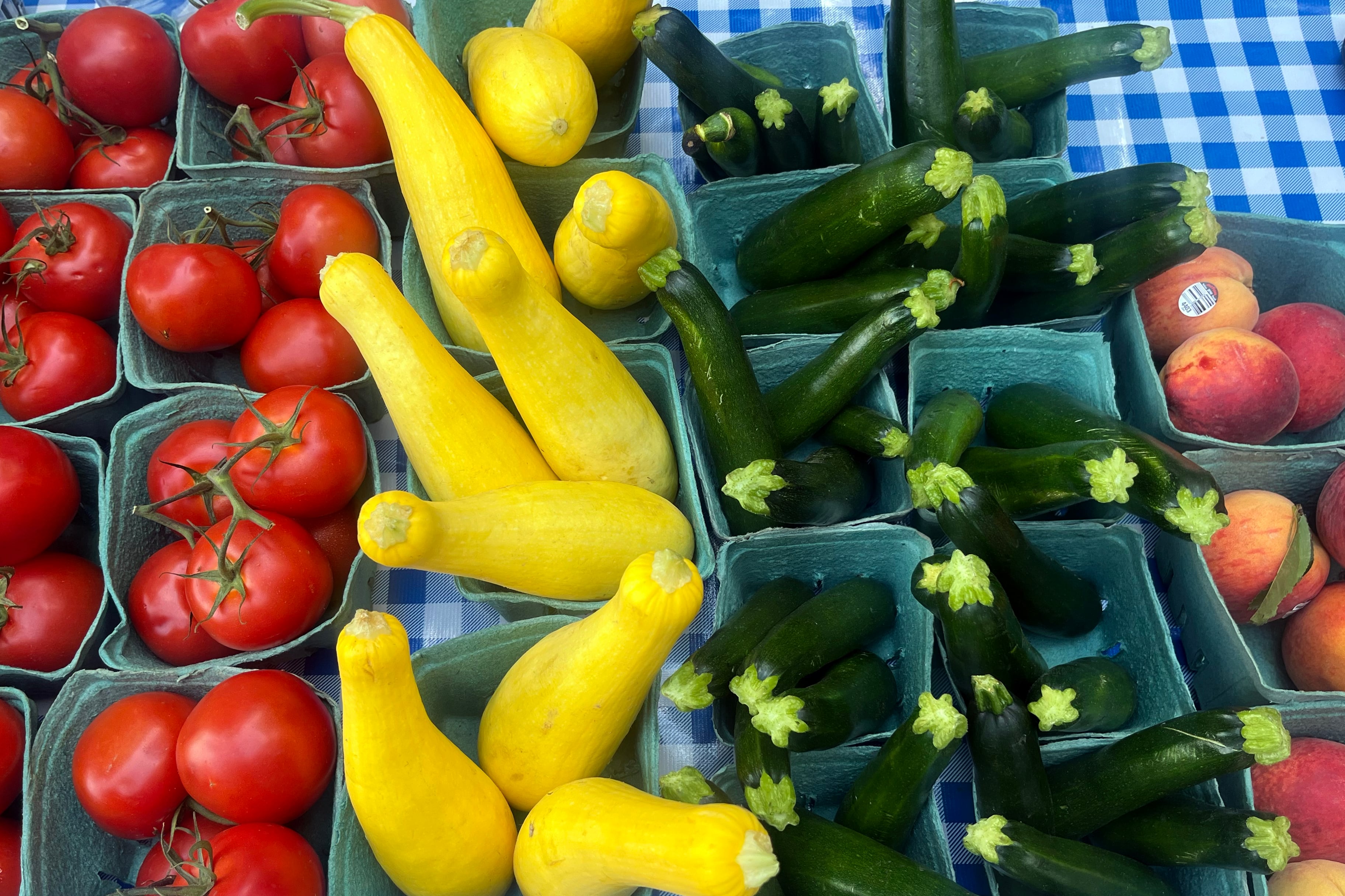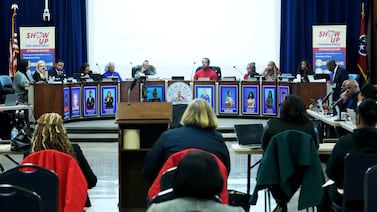Sign up for our free monthly newsletter Beyond High School to get the latest news about college and career paths for Colorado’s high school grads.
Southern Colorado’s Center school district used to offer young children fruits and vegetables to try that they might not have previously eaten at home, like kiwi and jicama.
The federally-backed program that helped provide these foods also assisted educators in teaching preschool and elementary students’ families why fruits and vegetables are good for their health. With kiwi, for example, the district would send home recipes for a salad that could be made by parents, said Janet Sanchez, Center Consolidated School District 26JT’s director of preschool.
The program in Center and others like it across the state received support through the federal Supplemental Nutrition Assistance Program Education, or SNAP-Ed, which ended on Sept. 30 as part of federal budget cuts passed by Congress and signed by President Donald Trump.
The federal government provided Colorado more than $6 million annually to use on educational programs like the one offered in the 600-student school district located in the San Luis Valley.
These programs were meant to reinforce healthy behaviors and show families that even on a shoestring budget, healthy eating could be in reach. Improving eating habits, in turn, can help improve health outcomes, experts say.
“We serve poverty-level families. This gave children an opportunity to try new foods and try new physical activities,” said Sanchez, who works in a district where 90% of the students qualify for free or reduced price meals.
Administrators and advocates say that without the funding, schools and communities have lost a program that taught children and families healthy habits, including lessons on nutrition and cooking from scratch.
Sanchez said the Center school district can’t replicate these types of programs on its own, especially because teachers aren’t experts on nutrition.
“With our budget constraints,” Sanchez said, “we just can’t continue the teachings.”
Nationwide, the federal government spent about $536 million annually for the SNAP-Ed program. Congress also cut the Supplemental Nutrition Assistance Program by $186 billion through 2034 and has put more of the cost burden on states. The cuts come during a time when food insecurity is on the rise.
While the SNAP program ensures families get fed, the education component was created to teach healthier habits. States used SNAP-Ed in different ways to educate families and students.
The Colorado Department of Human Services distributed the $6 million in federal funding for SNAP-Ed programs to the Colorado School of Public Health and Nourish Colorado.
The Colorado School of Public Health, a collective of three universities that partner on health research and education, primarily operated its programs in preschools and elementary schools, including ones in the Center district.
Associate professor Jini Puma said the programs promoted wellness in schools and created lifelong skills and habits to prevent serious diseases like obesity, Type 2 diabetes, and cancer.
The SNAP-Ed cuts forced the Colorado School of Public Health to lay off 25 employees who supported school gardens where students learned to grow and taste their own food, developed classroom lessons for teachers, and advised cafeterias on healthier meal options, she said.
Colorado School of Public Health officials would also put together the recipes that were sent home with students, created newsletters about nutrition, and promoted classroom activities that helped keep kids active.
They even reinforced lessons in Center such as proper handwashing techniques and how to stay healthy during the flu season, Sanchez said.
The school of public health’s programs operated in over 140 preschool and 56 elementary schools and taught about 19,000 children, teachers, and caregivers in 19 counties, Puma said.
“We really could change the trajectory for those children so that we can prevent later chronic diseases,” Puma said.
Sanchez said the program greatly contributed to the health of her community. The program not only provided the food for students to try, but also made it easy on teachers to teach about nutrition.
Many of the parents in Center work long hours, she said. The program offered easy activities and meals to try with kids, she said.
“And the program also showed parents that they need to take care of themselves,” Sanchez said.
Nourish Colorado, a nonprofit focused on advocating for accessible, nutritious foods, also was granted the federal funds from the state and delivered nutrition education services in 56 of the state’s 64 counties to help reach almost 400,000 Coloradans. The community-based nutrition education programs worked primarily with adults.
Nourish’s Executive Director Wendy Peters Moschetti said the cuts are bad for everyone, especially because the program has proven to improve the health of communities.
U.S. Department of Agriculture research shows that every $1 spent on SNAP-Ed saves up to $10.64 in health care costs by teaching students and families about nutrition and health.
Colorado lawmakers have asked voters for more money for school meals and food programs such as SNAP-Ed on the state’s Nov. 4 ballot.
She said there’s likely to be significant discussion about how the state would use new revenue if Proposition MM passes. She plans to advocate for the SNAP-Ed programs
“We will be at that table,” Peters Moschetti said. “And that is our best bet right now to continue to fund public, community-based nutrition education.”
Jason Gonzales is a reporter covering higher education and the Colorado legislature. Chalkbeat Colorado partners with Open Campus on higher education coverage. Contact Jason at jgonzales@chalkbeat.org.






